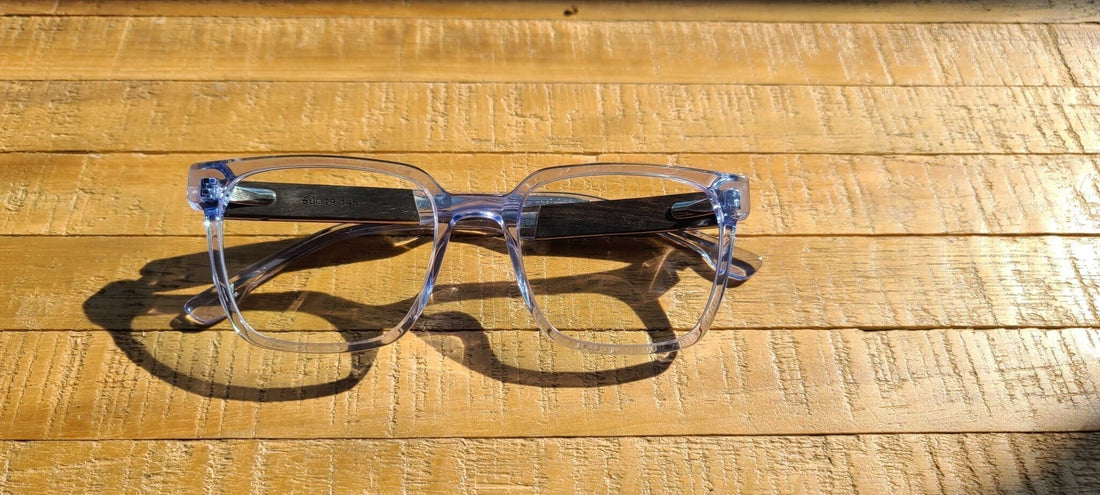
Bifocals — What Are They and Are They Worth Getting?
Share
Bifocal eyeglasses have lenses that have two parts, each for a different prescription. The upper part of the lens fixes distance vision, whereas the lower part of the lens usually fixes near vision. However, the lower portion may be used for other prescriptions.

Are bifocals worth it?
Bifocal lenses are useful if you have two prescriptions. You can have them both on one lens, making it easier to switch between them.
For example, most of the time, you can use the part of the lens that helps with distance vision. Then, for near-sighted activities such as reading a book and looking at a computer or phone screen, you can quickly switch to the other prescription by looking through the lower part of the lens.
Compared to switching back and forth between two pairs of eyeglasses, bifocal glasses are far more convenient.
Bifocals come in different shapes
There are different designs for the bottom part of the bifocal lens, the part which is meant for near vision. Your needs and preferences determine the shape of this part of the lens. Common shapes include a narrow rectangle, circle, or half-moon. This area may also cover the entire bottom half of the lens.
Bifocal vs. varifocal glasses
Bifocal lenses combine two prescriptions, often distance and near vision. Varifocal lenses are a combination of three prescriptions, which correct distance vision, immediate vision, and near vision.
Unlike bifocal lenses, varifocal lenses feature no definite boundary between the prescriptions, so your vision transitions seamlessly between them. For that reason, varifocal glasses look similar to a standard pair, while bifocal lenses are easier to differentiate from regular glasses.
When are bifocals necessary?
As you age, you develop presbyopia, a condition that makes it difficult to see things up close. This condition occurs naturally. If you don’t wear glasses, you’ll only need single-vision glasses. Otherwise, you may need bifocal or varifocal glasses, depending on your current prescription.

